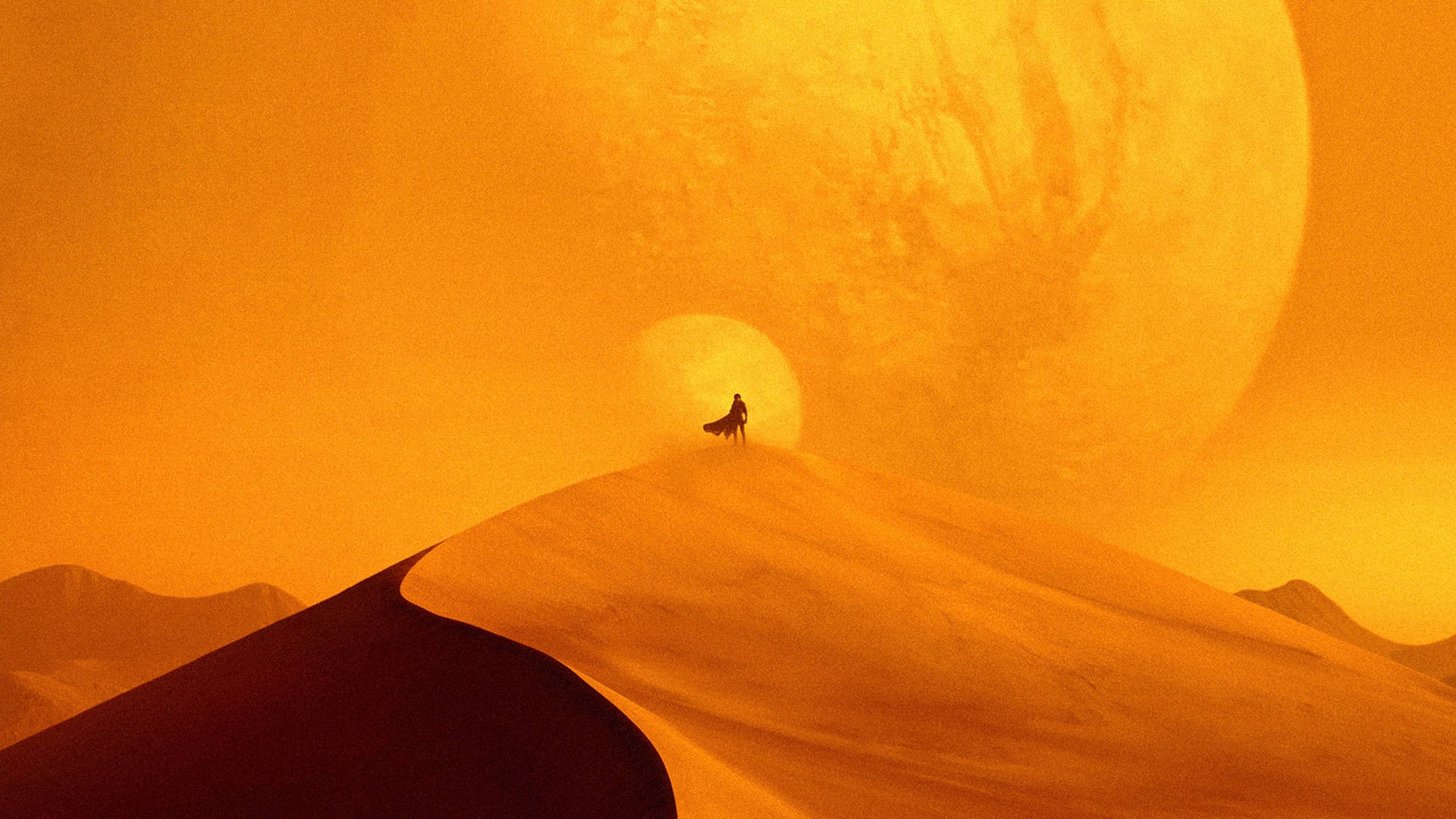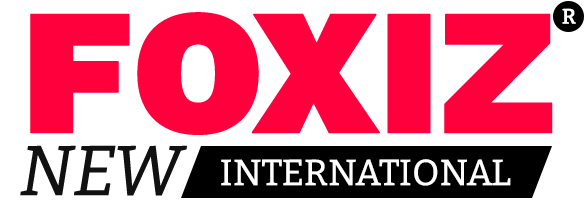My deepest affections as a sci-fi devotee go to Frank Herbert’s monumental epic “Dune.” Opening that massive book as a teenager sent me straight to the harsh, desolate planet of Arrakis. My impressionable young mind was blown away by the epic size, ecological themes, and political intrigue. As a result, I felt equal parts excited and nervous about the prospect of a new film adaptation. Is it possible for a film to do justice to Herbert’s masterwork?
Naturally, this isn’t the first attempt at adapting “Dune” for the big screen. Despite (or maybe because of) its strange artistic decisions, David Lynch’s 1984 adaptation has become a cult classic. Although the miniseries had its moments in 2000, it was ultimately constrained by its timeframe and TV budget.
On the other hand, Denis Villeneuve’s 2021 remake was expected to be fresh. With a huge budget, an A-list cast, and Villeneuve’s history of successful intellectual science fiction films like “Arrival” and “Blade Runner 2049,” it appeared like “Dune” may finally receive the cinematic treatment it deserved.
So how does the new film stack up against Herbert’s original novel? Let’s break it down:
World-Building and Atmosphere

The visuals in the 2021 film do a fantastic job of bringing the “Dune” universe to life. Stunning in their alien beauty and brutality, the expansive desert vistas of Arrakis look much more so when seen on the big screen. From the practical stillsuits to the enormous, terrifying sandworms, the film captures the lived-in vibe of Herbert’s setting.
The novel, of course, has the advantage of being able to delve much deeper into the history, ecology, and culture of this world. Herbert’s prose paints a vivid picture, allowing readers to lose themselves in the richly detailed universe he created. The book’s extensive appendices further flesh out the setting in a way that simply isn’t possible in a feature film.
Winner: Tie. The film brings Herbert’s world to stunning visual life, while the book allows for deeper immersion.
Character Development

It is at this point when the challenges of filming such a complex book start to show. The 2021 film does a great job of setting up its main characters, but many of them don’t feel as fleshed out as they do in the books.
Take Paul Atreides, our protagonist. We get a glimpse into his mind and heart as he deals with the weight of his impending doom and the powers he’s developing throughout the book. Although Timothée Chalamet’s nuanced performance in the film helps to convey some of the inner turmoil, it falls short when compared to the book’s in-depth examination of the characters.
Lady Jessica, Thufir Hawat, and Baron Harkonnen are among the characters who felt underdeveloped in the movie. In contrast to the film, which must keep the plot going, the book can leisurely develop the characters and their reasons.
Winner: Book. While the film’s performances are strong, the novel simply has more room to develop its characters fully.
Pacing and Plot

Here’s where things get tricky. Herbert’s work is infamous for its convoluted plot and occasionally plodding pace. Some readers may find the first half of the book tedious due to its excessive explanation and political manoeuvring. To get to the more exciting second part of the plot, the 2021 picture has to cut out a lot of this preparation.
This quicker tempo will be appreciated by a large number of spectators. The film brilliantly keeps the tale going while delivering the key themes and storyline points. Nevertheless, a portion of the novel’s complexity and subplots will be lost in this streamlined version.
It should be noted that the 2021 movie will merely cover around the first half of the book; a sequel is in the works to finish the tale. Compared to the 1984 adaptation, this choice allows for a more concentrated storyline and avoids the rushed sensation of having to fit the whole book into one film.
Winner: Depends on your preference. The book offers a richer, more complex plot, while the film provides a more streamlined and accessible narrative.
Themes and Subtext

Themes like environment, religion, politics, and the perils of messianic leaders are among the weighty ones that “Dune” delves into. The novel’s interior monologues, lengthy chats, and narrative asides allow it to dive deeply into these issues.
The film from 2021 does an amazing job of subtly addressing most of these issues. The story’s ecological elements are expertly crafted, highlighting the significance of water and the precarious equilibrium of Arrakis’ environment. The political machinations and religious elements are present but somewhat simplified compared to the book.
The movie does a better job of depicting the Fremen than the original in this regard. The film downplays the novel’s potentially problematic “white saviour” overtones in favour of highlighting the characters’ courage and dignity.
Winner: Book, but it’s closer than you might expect. The novel explores its themes more thoroughly, but the film does an admirable job of conveying the core ideas.
Emotional Impact

Since this mostly depends on individual taste, it may be the most subjective area overall. For readers who immerse themselves in the plot, the novel’s inner monologues and deeper character development can forge a powerful emotional bond. Through Herbert’s writing, one can feel the weight of history and the enormity of an epic.
Nevertheless, the film’s visual and audio aspects contribute to its powerful emotional impact. The intense action sequences, bleak desert landscapes, and Hans Zimmer’s eerie score all come together to make for a gut-wrenching experience. The impact of scenes like Paul’s hand in the pain box or the emergence of the sandworm from the desert sands is difficult to convey through words alone.
Winner: Tie. When it comes to making an emotional connection with viewers, both formats shine.
Approachability

We must admit that “Dune” is not a light read. Many readers may find it intimidating because to its rich prose, intricate plotline, and heavy use of invented words. This level of complexity may be enjoyable for long-time viewers, but it may be somewhat intimidating to those who have never watched the series before.
Bringing the “Dune” universe to a wider audience is what the 2021 picture brilliantly achieves. It simplifies the story without making it too simplistic, giving just enough background information for the audience to grasp the main points of the story’s setting and plot. This approachability might well introduce a whole new generation to Herbert’s universe.
Winner: Movie. While purists might bristle at some simplifications, the film’s ability to make “Dune” more accessible is a significant achievement.
The Verdict
So, which is better: the book or the movie? The answer isn’t simple, as is the case with the majority of adaptations. Each rendition of “Dune” has its advantages and disadvantages; picking a favourite will essentially boil down to individual preference.
The novel’s depth, intricacy, and rich world-building make it the quintessential “Dune” experience. Its status as a science fiction classic is well-deserved; the book is difficult to read but ultimately rewarding.
But the 2021 picture stands on its own as a success. Whereas earlier adaptations failed miserably, this one manages to bring Herbert’s vision to life on screen. Amazing graphics, great acting, and a more approachable story make up for what it lacks in the novel’s profundity.
I think the two variations work wonderfully together in the end. The film does a great job of setting the stage for the world of “Dune,” and it may even encourage people to read the more difficult but ultimately rewarding book. At the same time, viewers can enjoy Herbert’s vision brought to life on screen, which helps to fill in any visual gaps that the book may have left.
The perfect “Dune” experience would be for fans to read the book and watch the film. But if you’re in a rush and only have time for a quick taste of Arrakis, the 2021 film is an excellent jumping-off point. Be prepared to be captivated by Herbert’s vast cosmos and want to delve further into its depths—you could even find yourself reaching for that scary hardback afterwards.










